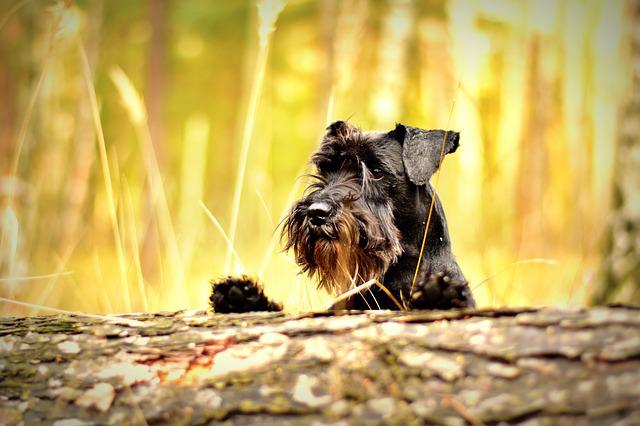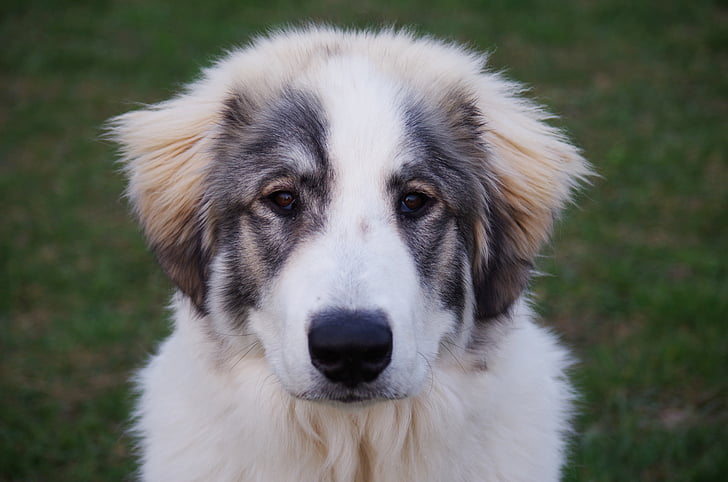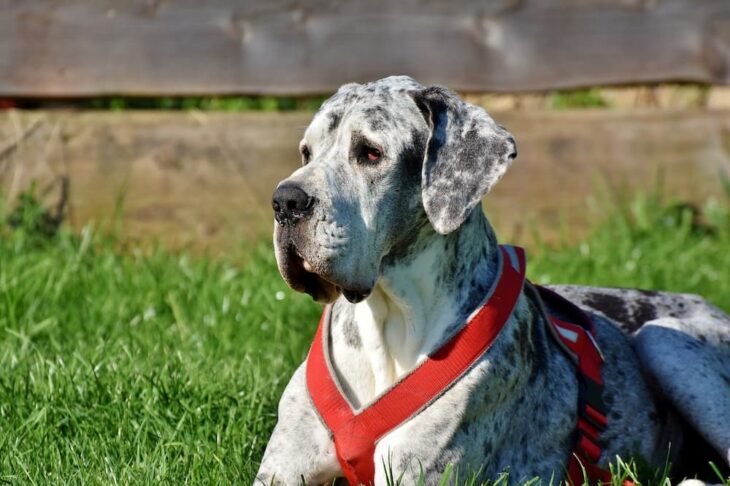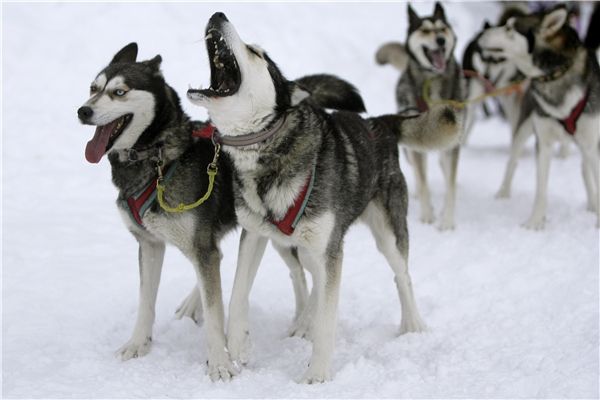
Dogs Are Banned From Which Continent? Why?
Dogs are banned from which continent?
The exploration of the Arctic and Antarctica required the use of sled dogs. According to Ripley, they assisted in delivering supplies for a group of Norwegian explorers commanded by the well-known Roald Amundsen in 1911. For commanding the first expedition to ever reach the South Pole, Amundsen is well-known. Up until 1993, when they were outlawed, dogs were nevertheless a vital component of life and research in the North and South Poles.
In Antarctica, this ban became operative. Reviewing the reasons,
Table of Contents
Dog History In Antarctica
As early as 1898-1900, Norwegian polar explorer Carsten borchgrevink took 90 dogs to Antarctica. The financial support for this expedition came from Britain, but most of the crew and researchers were Norwegian. Two Sami people, Ole must and Pell Savio, take care of the dogs. These dogs enable them to move around effectively on the frozen continent. Members of the expedition took a dog sled to the east of kapadale for several short trips, and also went to more distant areas for investigation.
When Roald Amundsen conquered the South Pole in 1911, his success was largely based on a fast and efficient dog sled to the geographical pole (“Solheim”). He brought about 98 dogs to Antarctica, mainly dogs bought in Greenland. Warehouses for storing food and equipment have been set up in preparation for reaching the pole. These warehouses are marked with dried fish so that dogs can smell the smell from a distance and be directed directly to the warehouse. On the way to the south pole, most dogs were slaughtered as food for dogs and people. The site of the massacre was named “slakteren” (butcher). Roald Amundsen’s leading dog, named obersten (Colonel obersten), is one of 11 dogs that returned from Antarctica and sailed to Argentina with frem. There, the remaining dogs either died of disease or were sold. Only the Colonel returned to Norway alive.
Later expeditions also used dogs, even after tracked vehicles began to be used. Dogs are reliable. They are very important to the health of many expedition members. They like to play and talk with “their” dogs. From 1956 to 1960, the Norwegian Antarctic expedition brought 42 Greenland huskies. During the three years of exploration, these dogs bred and gave birth to several litters of puppies. It turns out that dogs from Greenland cannot adapt to the season in Antarctica: they continue to follow the seasonal pattern of their homes in the northern hemisphere. On the other hand, dogs born in Antarctica will depilate at the right time.
Norway has ratified the Antarctic environmental protection protocol, which has been binding since May 1995. Paragraph 15 of the Kyoto protocol states that dogs cannot be introduced because they may pose a risk of infection.
Read about: Are Dogs Allowed In Hobby Lobby
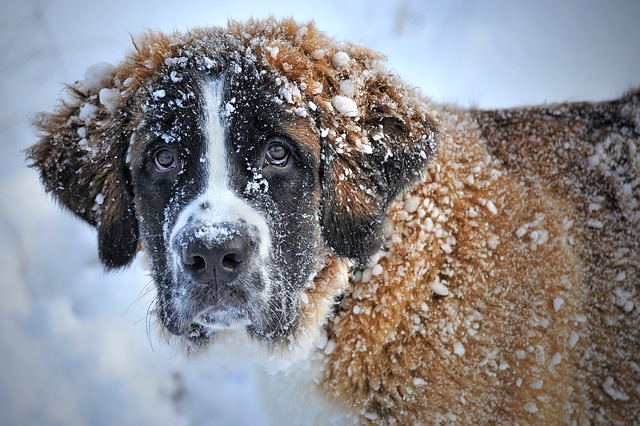
Dogs Play A Reduced Role In Antarctica
Because of the constantly moving snow and ice, Antarctica has no permanent trails or roads. Sled dogs have proven very useful in this terrain because they are flexible, fast, and able to traverse rough terrain. Over time, however, mechanical transport infiltrated life in Antarctica, and faster and more efficient snowmobiles slowly replaced dogs. Initially, the operational skills and techniques used in mechanical transport in Antarctica were lacking. There were many mechanical failures and delays. As these decreased, dog sleds eventually performed well and were eliminated altogether. Residents of Antarctica are also quick to note that snowmobiles require less maintenance than sled dogs, which need to be fed and cared for year-round. Using a sled dog team also requires more experience and training than driving a snowmobile. Starting in the 1960s, there were fewer and fewer breeding bases for dogs in Antarctica. Still, many workers agree that sled dogs greatly enhance their experience on scientific expeditions. The possibility of going on sledding trips with sled dogs is a particularly salient issue for researchers.
How Are Dogs Used In Antarctica?
Sled dogs quickly became an integral part of life and research in Antarctica. They played a key role in science and exploration on the African continent during the Age of science and Heroes. Typically, men rely on dogs as loyal companions and workers, while dogs rely on breeders for survival. They are very useful for transport because they pull sleds from one place to another when reliable mechanized transport is still not possible. Antarctica’s rugged terrain and cold temperatures are the main reasons for the delay in the arrival of reliable mechanized transport to Antarctica. When it did, sled dogs previously used for transport in Antarctica were retrained for recreation at many bases. They are also prepared in case they need to provide backup for mechanized transportation.
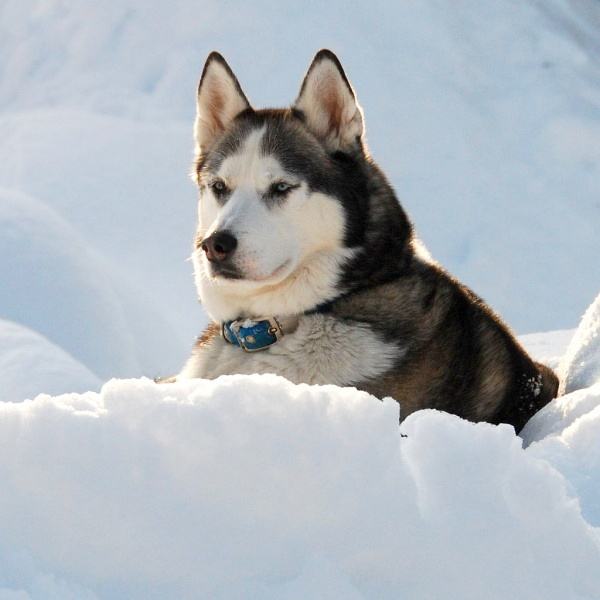
Dogs Are Banned In Antarctica
The final nail in the coffin of Antarctic sled dogs came in 1980. Over the years, sled dogs were used on hundreds of expeditions across the continent until dogs were banned in Antarctica. In the 1980s, the environmental Protocol to the Antarctic Treaty, established to protect Antarctic flora and fauna, called for the removal of all non-native species from the continent, except humans. The agreement calls for all non-native dogs in the area to be removed from the continent by April 1994. The ban was put in place because of concerns that sled dogs could spread diseases such as distemper to native seal populations. In addition, conservationists worry that the dogs could break free from their respective bases and disturb wildlife.
Antarctic Sled Dog Memorial
On July 4, 2009, renowned sculptor David Semmick unveiled a bronze sculpture of a husky sled dog. The dog is the same breed used in Antarctica by the British Antarctic Survey from 1945 to 1993 and commemorates the contribution of these dogs to various missions. Today, the sculpture graces the entrance to the BAS headquarters in Cambridge, England.
Why Are Huskies Banned from Antarctica?
The Antarctic Treaty States made the decision to bar humans from entering the region and to no longer allow any non-native species to do so in the early 1990s. This was done to help prevent the spread of outside diseases that could have a negative impact on the local fauna. Other adjustments were made to help control the flow of tourists and guard against the exploitation and destruction of the ecosystem.
FAQs
What Dogs Are Banned in Europe?
- Forbidden dog breeds in Europe
- Pitt Bull Terrier.
- Staffordshire in America.
- Tosa Inu.
- Dogo Argentino (Argentine Mastiff)
- Fila Brasileiro (BrazillianMastiff)
What Dogs Are Banned in the US?
A number of breeds have been restricted or banned, including Rottweilers, American Staffordshire Bull Terriers (“Pit Bulls”), German Shepherd Dogs, Chow Chows, Doberman Pinschers—the list goes on and on.
Has Vietnam Officially Banned Dog Eating?
No.
it’s still consumed by many people. The majority of the population also believes that since eating dogs or cats is not our business, we don’t care.
You eat whatever you want. That is the most fundamental human freedom.
the population devided into 3 groups. The group that consumes dogs comes first. Those opposed to eating dog meat come in second. They are both minority groups.
the third (majority) don’t care about it. We do not eat dogs or cats because they do not have a good flavor. I am part of this group. However, since we already consume meat from animals that are just as cruel as dogs—cows, pigs, and chickens—eating dogs should not be a problem. It is identical to eating pigs.
Does Japan Allow Pit Bulls?
Pit Bulls, Rottweilers, canid/wolf hybrids, Doberman Pinschers, and Chows are prohibited on Marine Corps installations, according to MCO 10570.1 (31 Jan 13). Both entry into Japan and medical care in the US are not breed-specific. Military base-based Army Veterinary Treatment Facility.

Why Are Pitbulls Illegal UK?
Due to numerous instances of vicious, frequently unprovoked attacks on people by this particular breed of dog, the UK government decided to outlaw pit bulls in 1991. … The Japanese Tosa, Dogo Argentino, and Fila Brasileiro were the other three dog breeds that were prohibited by this Act.
Could People Permanently Live in Antarctica?
The answer is Yes.
Why?
because there are already permanent residents there.
The majority of the scientific bases in Antarctica have small numbers of staff who spend the winter there to keep their bases operational until the arrival of summer. Both Argentina and Chile have tiny townships down there.
Conclusion
Dogs are forbidden in Antarctica. But in the past, it was a common practice to take dogs to Antarctica. Dogs act as draught animals to help transport supplies and equipment. It’s an amazing thing, isn’t it?
If you have any questions, please leave a comment.
Thank you for reading.

